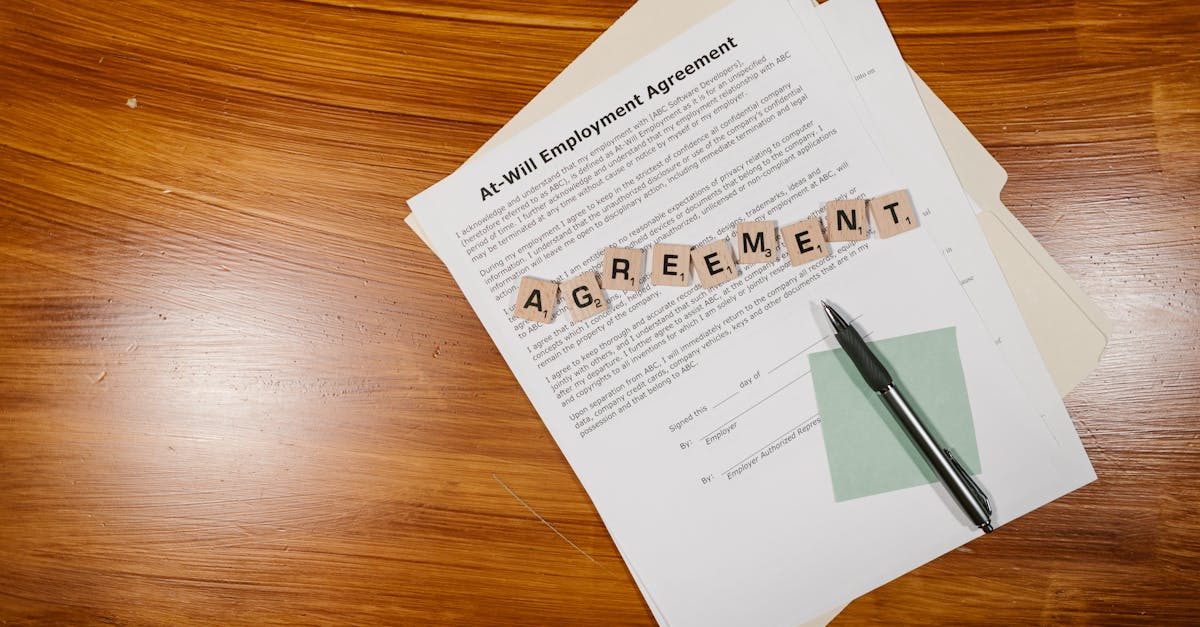
Introduction
HR leaders are juggling an exploding mix of state laws, multilingual teams and audit demands — and manual policy management can’t scale. Policy as Code turns static handbooks into machine-readable templates and rules, and, when paired with document automation, lets you assemble, localize, distribute and track policies and electronic acknowledgements automatically — plugging directly into your compliance workflow to reduce risk and speed decisions. This post walks through practical steps HR and legal teams can take: designing modular, variable-driven templates, implementing state-aware conditional clauses and approval gates, automating distribution and versioned audit trails, enforcing role-based governance, and launching a small set of starter templates and workflow recipes to prove value quickly.
What Policy as Code means for HR teams and why it matters for compliance automation
Policy as Code means translating HR policies into machine-readable templates and rules so they can be enforced, tested and tracked automatically.
For HR teams this turns static documents into active parts of your compliance workflow: policies become inputs to compliance management systems, triggers in compliance automation engines, and checkpoints in audit workflow processes. That reduces manual interpretation, speeds up decision-making, and creates consistent, repeatable enforcement.
Why it matters
-
Consistency: Code-based policies produce predictable outcomes across employees, locations and systems.
-
Auditability: Every change is versioned, testable and traceable in your audit workflow.
-
Automation-ready: Policies can plug directly into compliance process automation to drive notifications, approvals and reporting.
-
Integration: Works with policy management software, governance risk and compliance (GRC) platforms and audit management systems.
Practical next step: convert high-priority HR policies into small, testable modules and connect them to your compliance workflow software to prove value quickly.
Designing modular, variable-driven policy templates for multi‑state and multilingual workforces
Design templates as reusable components instead of monolithic documents. Break policies into sections: definitions, obligations, exceptions, and enforcement actions. Each section should accept variables for state, language and role.
Key design patterns
-
Variables: Use placeholders for state law citations, benefit levels, working hours and locale-specific wording so the same template serves multiple jurisdictions.
-
Modules: Create attachable modules (e.g., paid leave, non-compete, data privacy) so you can assemble role- or location-specific policies quickly.
-
Localization layer: Keep translation text and legal variants in a separate file or table to support multilingual workforces without duplicating logic.
These templates become the backbone of a regulatory compliance workflow: you can program conditional clauses, generate localized artifacts, and feed outputs to compliance workflow automation and compliance monitoring tools.
Tip: store canonical templates in a policy repository or policy management software and version them so your HR and legal teams can collaborate without overwriting each other.
Automating distribution, employee acknowledgements and versioned audit trails
Once policies are code-driven and templated, automate distribution and capture acknowledgements as part of the compliance workflow. Automation removes manual follow-up and creates reliable proof-of-compliance for audits.
Automation components
-
Targeting & distribution: Use role, team, location and hire-date variables to push the right policy version to the right people.
-
Acknowledgements: Record electronic signatures or click-to-acknowledge events with timestamps and context (policy version, language, associated training).
-
Versioned audit trails: Keep immutable records of past policy texts, who changed them, approval history and employee acknowledgements to support internal reviews and external audits.
Link policy artifacts and receipts into your audit workflow and integrate with audit management systems or GRC tools. For privacy-related policies, keep a canonical privacy policy and acknowledgment flow; you can start from templates like this example: https://formtify.app/set/privacy-policy-agreement-33nsr
Use compliance workflow software that supports automated reminders, escalation rules and reporting so HR can focus on exceptions rather than chasing signatures.
Localization and state‑aware clauses: implementing conditional logic and approval gates
Localization isn’t just translation—it’s legal variance. Implement conditional logic so clauses appear or hide based on employee attributes (state, role, contract type) and regulatory triggers.
How to model conditional logic
-
Rule engine: Encode rules like “if state == CA then include California Paid Sick Leave section” to automatically assemble compliant documents.
-
Approval gates: When a state-specific clause increases risk or cost, route manuscript to legal or compensation for pre-approval before distribution.
-
Testing & simulation: Run scenario tests to validate outputs for each state and language combination to prevent unintended clauses from being issued.
Examples: in healthcare and other regulated sectors, a compliance workflow in healthcare must often include extra privacy and reporting clauses. Using conditional logic lets you maintain a single template that satisfies diverse regulatory regimes while minimizing manual review.
For multi-jurisdictional HR policies, couple conditional clauses with regulatory reporting automation so required filings or notifications trigger automatically when certain thresholds are met.
Governance: role-based template edits, sign‑off workflows and rollback procedures
Good governance protects the integrity of policy code while enabling collaboration. Apply role-based permissions and a clear sign-off process so only authorized users can edit, approve or publish templates.
Governance checklist
-
Role-based edits: Define who can draft, who can review, and who can publish. Separate technical editors (who edit code/variables) from legal approvers.
-
Sign-off workflows: Implement staged approvals with explicit gates for legal, HR leadership and compliance. Record approvals as part of the version history.
-
Rollback procedures: Maintain an easy rollback mechanism to revert to a previous approved version and document why a rollback occurred. This is vital for audit workflow recovery.
-
Integration points: Tie governance events into GRC, policy management software and audit management systems so policy changes automatically populate risk registers and reporting dashboards.
Maintain an editable governance playbook (for example, your board or governance rules can be stored and referenced centrally): https://formtify.app/set/quy-che-hoat-dong-hoi-dong-quan-tri-4pudj
Starter templates and workflow recipes HR teams should deploy first
Begin with a small set of high-impact templates and recipes that deliver quick compliance wins and demonstrate the value of compliance process automation.
Recommended starter templates
-
Onboarding & handbook acknowledgements: A compliance workflow template for non-discrimination, harassment, and code-of-conduct acknowledgements.
-
Privacy & data handling: Employee privacy policy with localized clauses and an automated acknowledgment flow. Use the privacy template link above to adapt quickly: https://formtify.app/set/privacy-policy-agreement-33nsr
-
Leave & accommodation modules: Modular templates for state-specific leave laws (FMLA, state leave, paid sick time).
-
Termination & exit checklists: Automated offboarding workflow that captures obligations, device returns and final acknowledgements.
Quick workflow recipes
-
New hire digest: Assemble role- and state-specific policies and push a single task list with required acknowledgements.
-
Policy update burst: When a policy changes, automatically create tasks for affected employees, route legal approvals, and capture versioned acknowledgements.
-
Compliance audit prep: Generate a report of current policy versions, acknowledgements and exceptions to produce a ready-to-share audit packet.
Pair these templates with compliance workflow automation and compliance workflow software or audit management systems to scale. Over time, add policy workflow examples for more complex scenarios like regulatory reporting automation or integrations with policy management and GRC tools.
Summary
Policy as Code turns static HR handbooks into modular, testable templates that you can assemble, localize and distribute automatically. By designing variable‑driven templates, encoding state‑aware clauses and enforcing role‑based governance, teams get consistent policy outcomes, faster approvals and immutable audit trails. Automating distribution and electronic acknowledgements removes manual follow‑up and creates verifiable records that simplify audits and reduce operational risk within your compliance workflow. Ready to get started? Try practical starter templates and workflow recipes at https://formtify.app.
FAQs
What is a compliance workflow?
A compliance workflow is a repeatable process that ensures policies, approvals and reporting are carried out consistently across an organization. It ties together policy documents, role‑based tasks, automation rules and audit trails so compliance activities are tracked and verifiable.
How do you create a compliance workflow?
Start by mapping the policy lifecycle: drafting, review, approval, distribution and acknowledgement. Then modularize policies into templates, add variables and conditional logic for localization, implement approval gates, and automate distribution and tracking with workflow software.
What tools are used for compliance workflows?
Common tools include policy management platforms, document automation systems, governance risk and compliance (GRC) software and audit management tools. Integration between these systems lets you assemble policy artifacts, route approvals, capture acknowledgements and feed events into risk registers.
How does automating compliance workflows reduce risk?
Automation enforces consistent policy application, captures versioned records and eliminates manual handoffs that cause errors. It also speeds detection of exceptions, ensures required approvals happen before publication and preserves immutable evidence for audits.
What’s the difference between a compliance workflow and an audit workflow?
A compliance workflow focuses on creating, approving and enforcing policies and controls day‑to‑day, while an audit workflow is about collecting evidence, evaluating controls and reporting findings. They overlap: audit workflows rely on outputs from compliance workflows (versions, approvals, acknowledgements) to demonstrate adherence.





